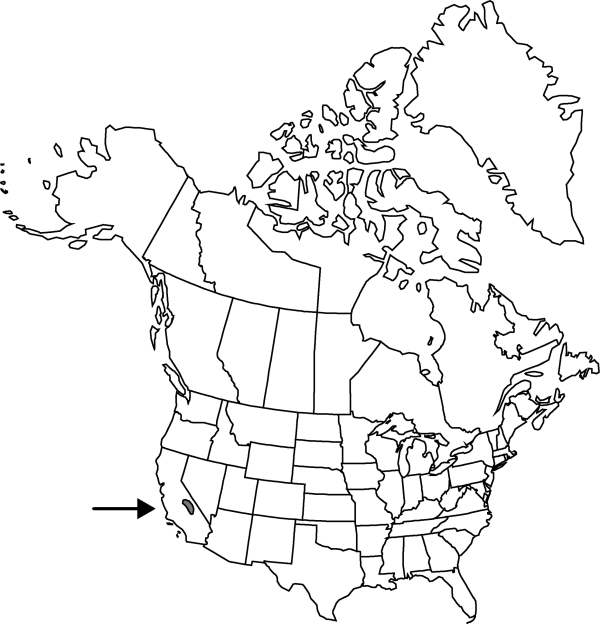Difference between revisions of "Lewisia disepala"
in N. L. Britton et al., N. Amer. Fl. 21: 328. 1932.
FNA>Volume Importer |
imported>Volume Importer |
||
| Line 6: | Line 6: | ||
|place=21: 328. 1932 | |place=21: 328. 1932 | ||
|year=1932 | |year=1932 | ||
| + | }} | ||
| + | |special_status={{Treatment/ID/Special_status | ||
| + | |code=E | ||
| + | |label=Endemic | ||
| + | }}{{Treatment/ID/Special_status | ||
| + | |code=C | ||
| + | |label=Conservation concern | ||
}} | }} | ||
|basionyms={{Treatment/ID/Basionym | |basionyms={{Treatment/ID/Basionym | ||
| Line 52: | Line 59: | ||
|publication title=in N. L. Britton et al., N. Amer. Fl. | |publication title=in N. L. Britton et al., N. Amer. Fl. | ||
|publication year=1932 | |publication year=1932 | ||
| − | |special status= | + | |special status=Endemic;Conservation concern |
| − | |source xml=https:// | + | |source xml=https://bibilujan@bitbucket.org/aafc-mbb/fna-data-curation.git/src/bb6b7e3a7de7d3b7888a1ad48c7fd8f5c722d8d6/coarse_grained_fna_xml/V4/V4_971.xml |
|genus=Lewisia | |genus=Lewisia | ||
|species=Lewisia disepala | |species=Lewisia disepala | ||
Revision as of 23:21, 27 May 2020
Taproots gradually ramified distally. Stems erect, 0.5–3 cm. Leaves: basal leaves withering at or soon after anthesis, sessile, blade linear to slightly clavate, terete, 0.8–2 cm, margins entire, apex obtuse; cauline leaves absent. Inflorescences with flowers borne singly; bracts 2–4, proximal in 1 pair, ovate to lanceolate, 2–3 mm, margins entire, apex acute. Flowers sessile to subsessile, disarticulate in fruit; sepals 2, broadly obovate to broadly ovate, 7–8 mm, scarious at anthesis, margins entire, apex rounded or sometimes emarginate; petals 5–8, pale rose-pink, oblanceolate to broadly obovate, 13–18 mm, apex obtuse; stamens 1–15; stigmas 4. Seeds 11–15, 2.8–3.5 mm.
Phenology: Flowering late winter-mid(-late) spring.
Habitat: Granitic formations on rocky, gravelly, or sandy substrate
Elevation: 1900-2600 m
Discussion
Of conservation concern.
Lewisia disepala is known only from scattered localities in the southern Sierra Nevada.
Selected References
None.
